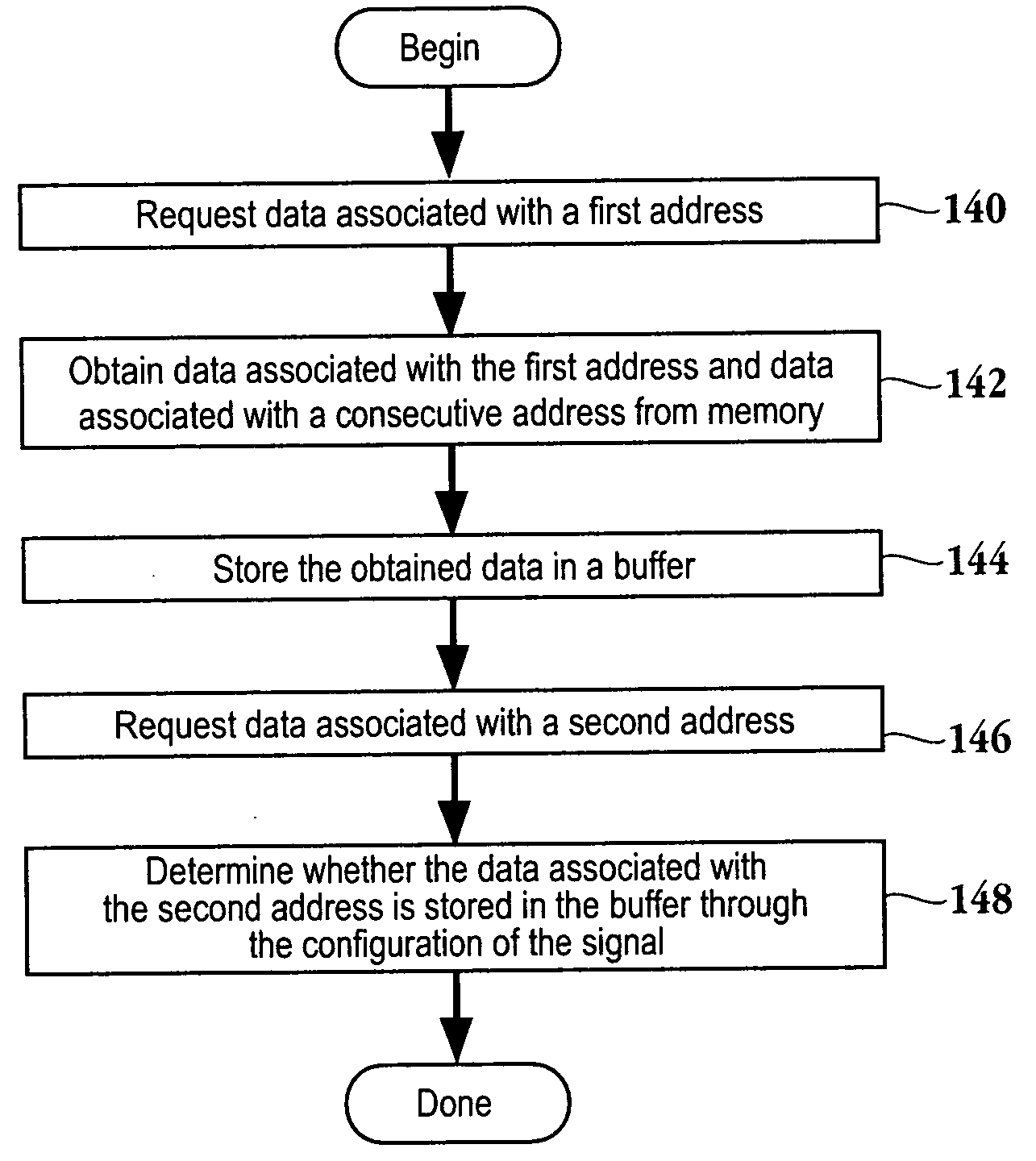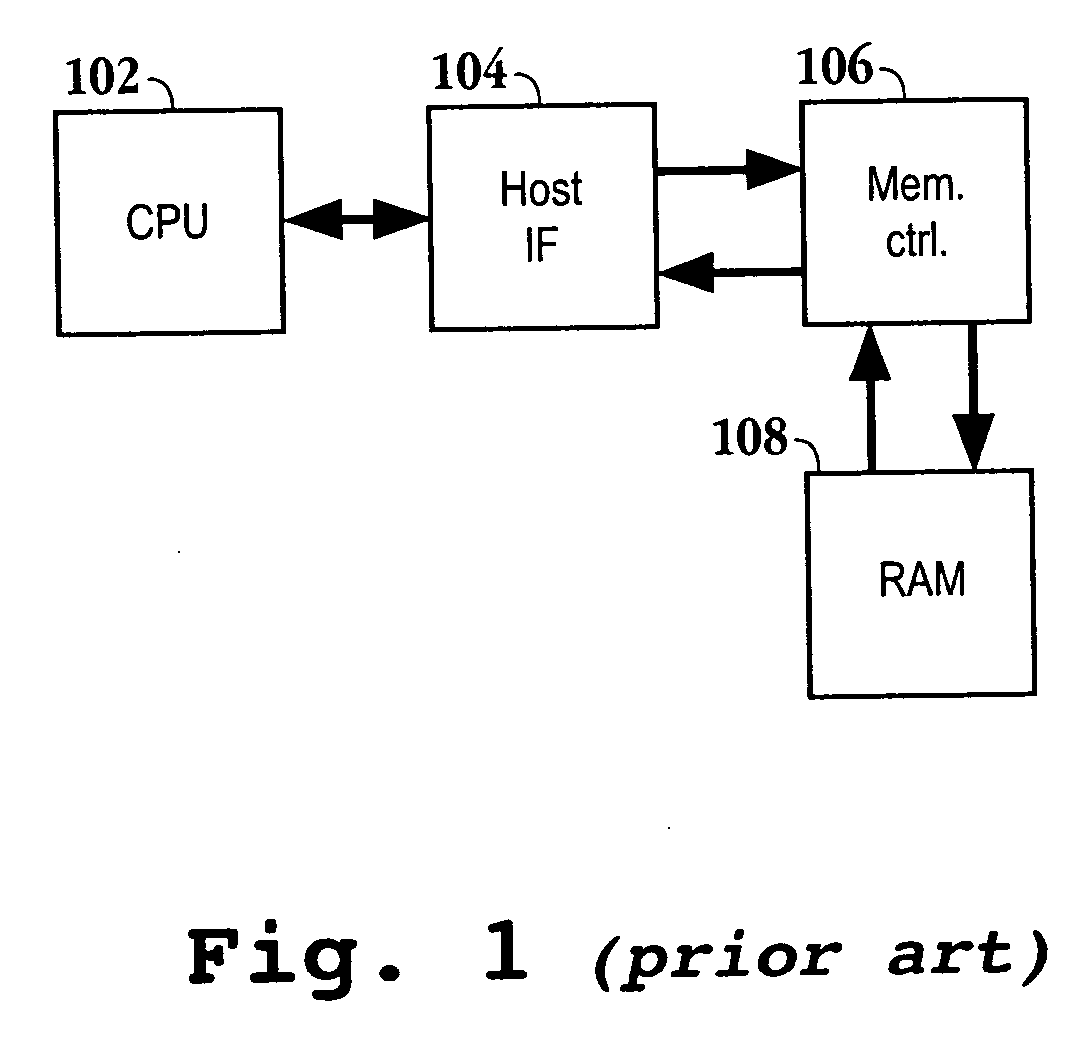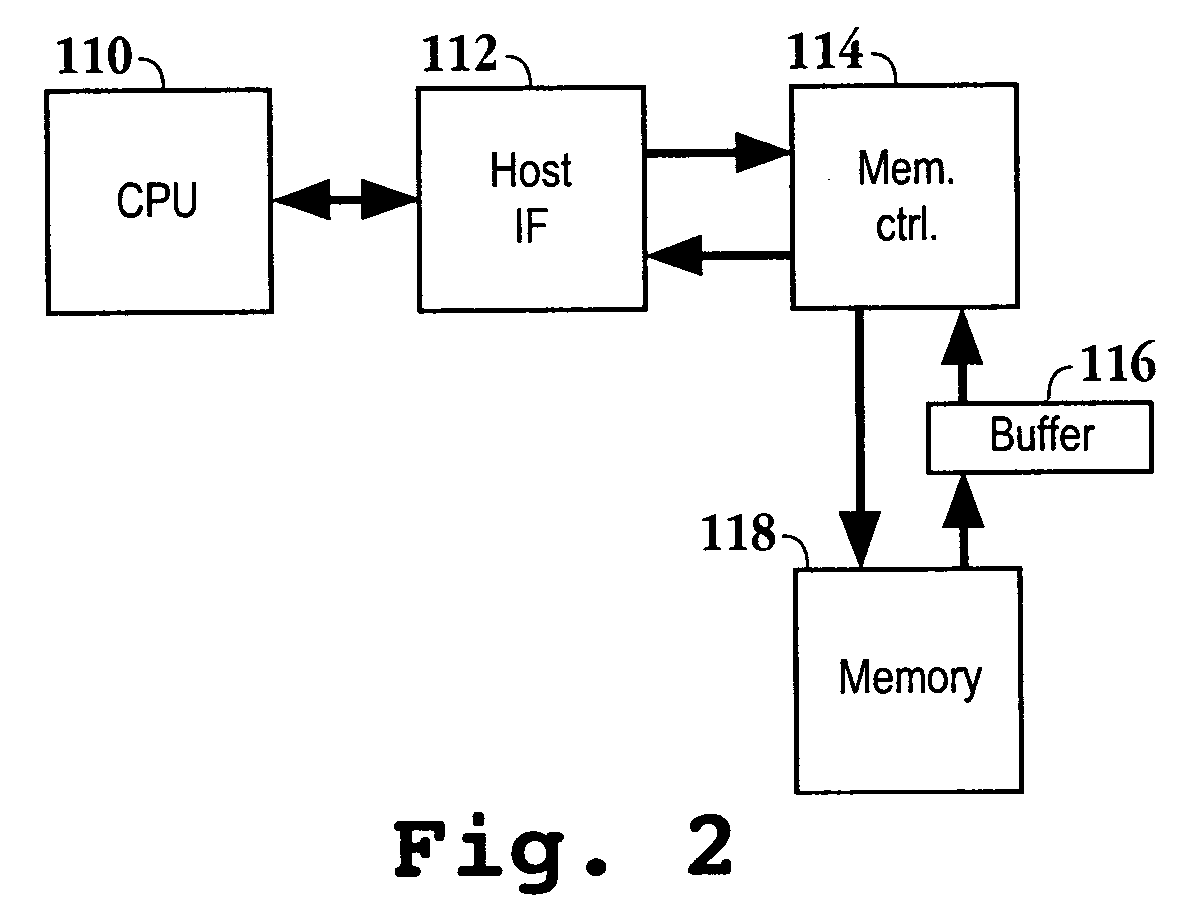Low overhead read buffer
a low-overhead, read-only technology, applied in the field of computer systems, can solve the problems of wasting time associated with obtaining the data in the prediction branch, consuming a large amount of chip real estate, and requiring complex read-only prediction logic, so as to reduce overhead, increase memory bandwidth, and low power performance. the effect of high performan
- Summary
- Abstract
- Description
- Claims
- Application Information
AI Technical Summary
Benefits of technology
Problems solved by technology
Method used
Image
Examples
Embodiment Construction
An invention is described for an apparatus and method for optimizing memory bandwidth and reducing the access time to obtain data from memory, which consequently reduces power consumption. It will be apparent, however, to one skilled in the art in light of the following disclosure, that the present invention may be practiced without some or all of these specific details. In other instances, well known process operations have not been described in detail in order not to unnecessarily obscure the present invention. FIG. 1 is described in the “Background of the Invention” section.
The embodiments of the present invention provide a self-contained memory system configured to reduce access times required for obtaining data from memory in response to a read command received by the memory system. A buffer, included in the memory system, is configured to store data that may be needed during subsequent read operations, which in turn reduces access times and power consumption. The memory sys...
PUM
 Login to View More
Login to View More Abstract
Description
Claims
Application Information
 Login to View More
Login to View More - R&D
- Intellectual Property
- Life Sciences
- Materials
- Tech Scout
- Unparalleled Data Quality
- Higher Quality Content
- 60% Fewer Hallucinations
Browse by: Latest US Patents, China's latest patents, Technical Efficacy Thesaurus, Application Domain, Technology Topic, Popular Technical Reports.
© 2025 PatSnap. All rights reserved.Legal|Privacy policy|Modern Slavery Act Transparency Statement|Sitemap|About US| Contact US: help@patsnap.com



